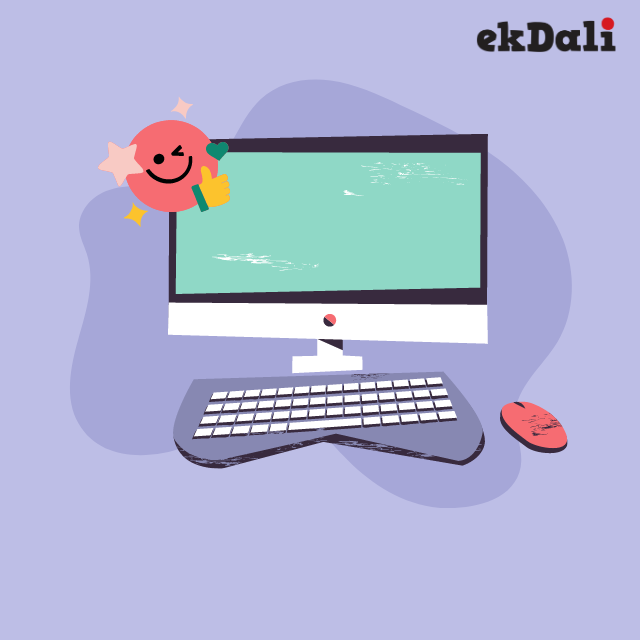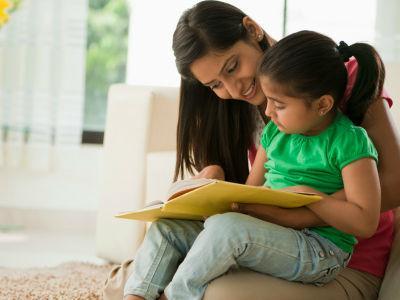Learning happens all through an individual’s life. The penchant to learn a new skill will help us to become a better person or to achieve greater success. Love of learning has to be infused in children at a tender age. A positive learning environment not only involves the physical setting, but it also includes how the child feels or responds to the setting. A child learns the most where he feels safe and comfortable and where he belongs. The initial tone of learning is set from the secure family circle.
There are a number of ways parents can create an environment for a child that is conducive to learning. The study environment at home needs to harness the power of habits. Here we explore how it can be done.
Turn everyday chore into a learning opportunity
Doing household chores together like grocery shopping, putting the clothes to dry, gardening can be transformed into wonderful learning opportunities. Children are keen to learn from a young age. By asking intriguing questions about the activities, you are prompting them to think and hence learn. For example, asking them where does the water go when you hang the wet clothes in the sunlight? An engaging conversion will get them to think. Later at schools, they find themselves better equipped with practical knowledge.
Give food for thoughts
The health of the child is directly proportional to the energy and perseverance they have to learn. You can up-keep the health by making sure the child is eating healthy snacks and meals. Include food which has ample of antioxidants, omega-3 essential fatty acids, vitamin-E, complex carbohydrates and other essential nutrients for brain health. Foods which are rich in antioxidants protect the child’s brain from wear and tear.
Cut the clutter
Chaos limits imagination. It adds a lot of negative energy to the place. Put the unused toys and books out of sight. Arrange it trimly. Children learn best in environments that feel shipshape and orderly. An organized environment is less distracting, enables young minds to focus on one task at a time.

Physical environment
Children are vigorous learners. They keep to examining the materials around them and to relate them to what they already to know, or add on to their memory for future reference. Be it posters or toys to convey the knowledge. The colors used in the posters, the way information conveyed will stay with them for a long time. You may check out our posters on ekdali.com and see if you would like to add something to the kid’s room
Alone time
Every child needs his alone time. It is their time to contemplate and reflect within. You need not plan and schedule every second to keep the child engaged. Let them enjoy the time when they have nothing to do and no one to play with. Their creativity will bloom to beat boredom. They may spend enjoying a hobby, working with their hands, or taking a walk outside. Basically, children need time to think — to soak up all that they are learning and coming into contact with.
Role of a parent
Last but the most important aspect which sets the base is the attitude of the parent/guardian. Parents’ zeal for learning sets the pitch at home. It ensures that the equipment for learning is available all the time. Visits together to the library, the determination not to put down an interesting novel, watching educational programs on TV and discussing the attention-grabbing articles in the newspaper will keep them on the heels. Apart from that, a parent’s role is crucial in encouraging their children for the self-directed learning successes they create.
























